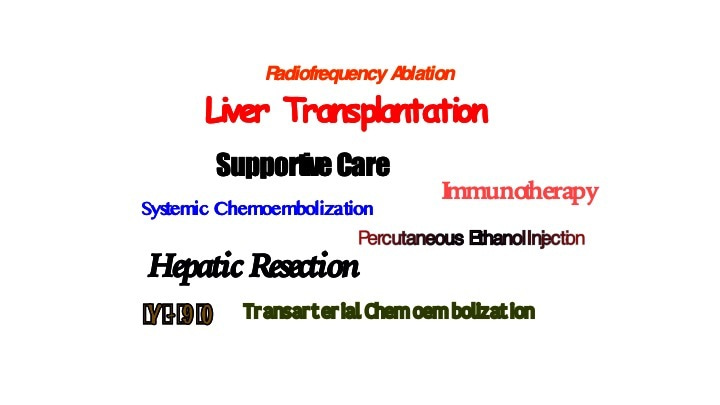Improved survival after treatments of patients with nonalcoholic fatty liver disease associated hepatocellular carcinoma
Published in Cancer

The field of hepatology provides a unique opportunity to learn about the complex management of liver cancer. During my training in gastroenterology and later in transplant medicine, I became more interested in learning about how different management options affected our patients, especially with the introduction of immunotherapy. Recent data on the different tumor growth rates between hepatitis B, C and nonalcoholic fatty liver disease (NAFLD) also suggested that treatment outcomes would be affect these etiologies differently.
This led us to study the overall survival and recurrence-free survival of patients with hepatocellular carcinoma affected by hepatitis B, C and NAFLD. Although large data sets allow for statistical power to answer outcomes questions, granular data is often lacking due to the use of clinical coding data that was never designed for research. We therefore, sought to identify groups of patients with validated, well-characterized clinical and tumor characteristics to identify important outcomes differences in the three groups. This is especially relevant for patients with NAFLD, as NAFLD remains a diagnosis based on liver biopsy and histology.
Our results demonstrate that after adjusting for multiple important co-variables, patients with NAFLD had improved overall survivals compared to hepatitis B and C associated hepatocellular carcinomas. Although our recurrence-free survival data did not show a statistically significant difference, we suspect this may be true with a larger cohort. Similar trends were observed after removing all patients who underwent liver transplantation, as this was the most common treatment option for patients with NAFLD.
This work has led to the generation of new hypothesis as to why these differences were seen, including how tumor growth rates play a role in these outcomes.
Follow the Topic
-
Scientific Reports

An open access journal publishing original research from across all areas of the natural sciences, psychology, medicine and engineering.
Related Collections
With Collections, you can get published faster and increase your visibility.
Reproductive Health
Publishing Model: Hybrid
Deadline: Mar 30, 2026
Sepsis: Treatment, intervention, mortality
Publishing Model: Open Access
Deadline: Dec 23, 2025

Please sign in or register for FREE
If you are a registered user on Research Communities by Springer Nature, please sign in
Hi Jihane,
Thanks for your post. Are you able to share a link to the paper?
Thank you Ruth!
I've added the link
Thank you!